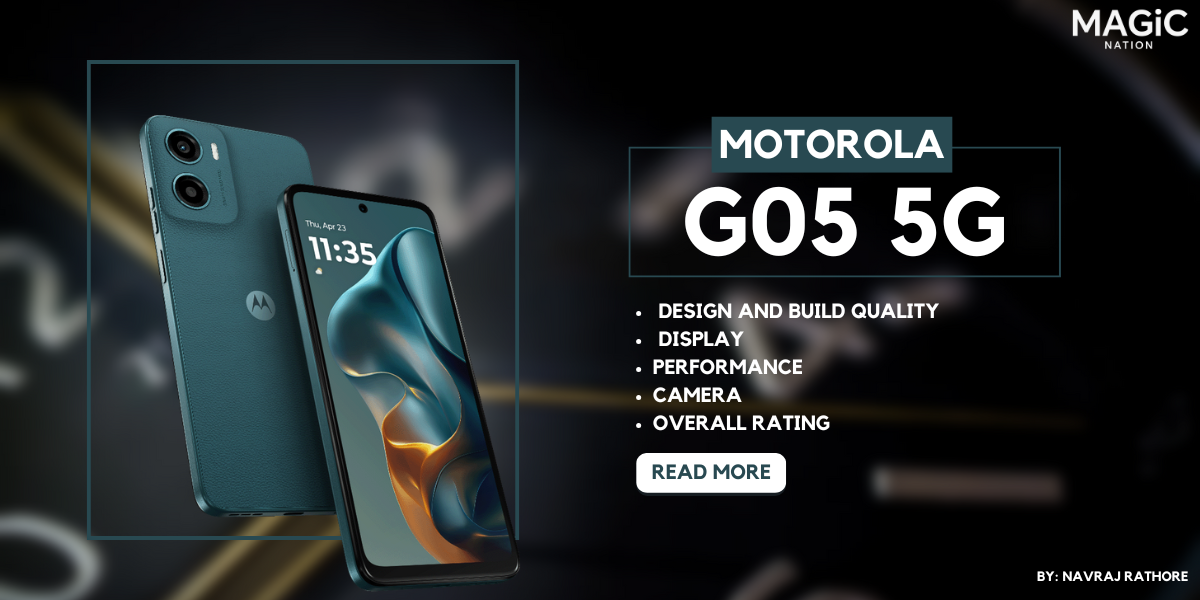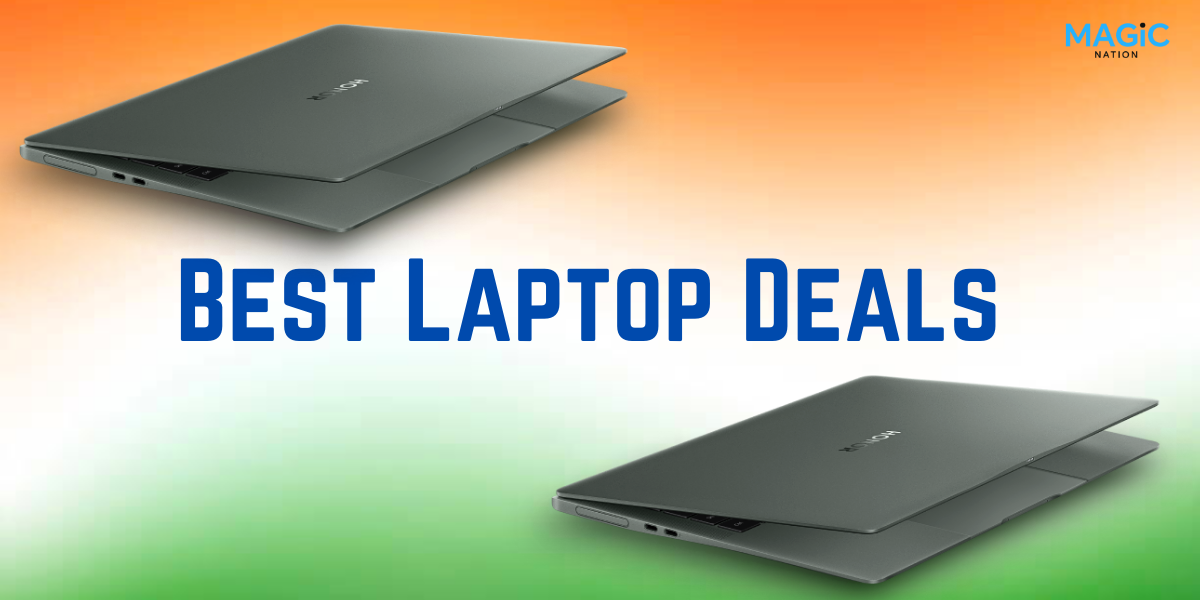 Hey Explorers, What's up!
Hey Explorers, What's up!In a world increasingly dominated by technology, how we exchange value has dramatically transformed. Digital payments have gone through an incredible journey, evolving from physical, paper-based methods to modern, decentralized currencies like Bitcoin. Let’s take a closer look at this evolution—from the days of cheques to the rise of cryptocurrencies—and explore how these changes have shaped the way we transact.
Cheques: The Early Days of Payments
 Long ago, people used cheques to pay for things. A cheque was a piece of paper that allowed one person to transfer money from their bank to someone else. It was safer than carrying large amounts of cash, but it wasn’t perfect. Cheques took time to process, and there was always the risk of fraud or the cheque bouncing if there wasn’t enough money in the bank.
Long ago, people used cheques to pay for things. A cheque was a piece of paper that allowed one person to transfer money from their bank to someone else. It was safer than carrying large amounts of cash, but it wasn’t perfect. Cheques took time to process, and there was always the risk of fraud or the cheque bouncing if there wasn’t enough money in the bank.
Credit and Debit Cards: The Rise of Plastic Money
 In the 1950s, credit cards became popular. Instead of writing cheques or carrying cash, people could swipe their cards to make payments. Credit cards allowed you to buy something now and pay for it later, while debit cards took money directly from your bank account. This made payments faster and more convenient. Soon, credit and debit cards became the go-to method for shopping, whether at a store or online.
In the 1950s, credit cards became popular. Instead of writing cheques or carrying cash, people could swipe their cards to make payments. Credit cards allowed you to buy something now and pay for it later, while debit cards took money directly from your bank account. This made payments faster and more convenient. Soon, credit and debit cards became the go-to method for shopping, whether at a store or online.
Online Payments: PayPal Changes the Game
 With the rise of the internet in the 1990s, online shopping became popular, and people needed a safe way to pay online. That’s where PayPal came in. PayPal let people send and receive money over the internet, making online shopping quick and secure. It was especially useful on sites like eBay, where people could buy and sell items easily.
With the rise of the internet in the 1990s, online shopping became popular, and people needed a safe way to pay online. That’s where PayPal came in. PayPal let people send and receive money over the internet, making online shopping quick and secure. It was especially useful on sites like eBay, where people could buy and sell items easily.
Mobile Payments: Using Your Phone to Pay
 As smartphones became more advanced, new ways to pay were developed. Mobile payment apps like Apple Pay, Google Pay, and Samsung Pay allowed users to store their card information on their phones. Now, instead of pulling out a card, you could just tap your phone on a payment terminal to buy something. Apps like Venmo and Paytm also made it simple to send money to friends and family with just a few taps.
As smartphones became more advanced, new ways to pay were developed. Mobile payment apps like Apple Pay, Google Pay, and Samsung Pay allowed users to store their card information on their phones. Now, instead of pulling out a card, you could just tap your phone on a payment terminal to buy something. Apps like Venmo and Paytm also made it simple to send money to friends and family with just a few taps.
Cryptocurrencies: The Future of Money?
 In 2009, a new type of digital money called Bitcoin was created. Bitcoin is a cryptocurrency, meaning it’s entirely digital and works on something called blockchain technology. What’s special about Bitcoin and other cryptocurrencies is that they don’t rely on banks. Instead, transactions are verified by a network of computers. This makes payments fast, secure, and global. Cryptocurrencies like Ethereum and Litecoin have since emerged, offering new ways to handle money.
In 2009, a new type of digital money called Bitcoin was created. Bitcoin is a cryptocurrency, meaning it’s entirely digital and works on something called blockchain technology. What’s special about Bitcoin and other cryptocurrencies is that they don’t rely on banks. Instead, transactions are verified by a network of computers. This makes payments fast, secure, and global. Cryptocurrencies like Ethereum and Litecoin have since emerged, offering new ways to handle money.
What’s Next? Central Bank Digital Currencies (CBDCs) and DeFi
 In the future, we might see more countries launching Central Bank Digital Currencies (CBDCs)—a digital version of money issued by governments. These currencies will be like digital cash but more secure and easier to transfer across borders. At the same time, new technologies like Decentralized Finance (DeFi) aim to offer financial services without banks, allowing people to lend, borrow, and trade money directly with each other.
In the future, we might see more countries launching Central Bank Digital Currencies (CBDCs)—a digital version of money issued by governments. These currencies will be like digital cash but more secure and easier to transfer across borders. At the same time, new technologies like Decentralized Finance (DeFi) aim to offer financial services without banks, allowing people to lend, borrow, and trade money directly with each other.
From the simplicity of cheques to the complexity of cryptocurrencies, the evolution of digital payments reflects a growing desire for faster, more secure, and more efficient ways to exchange value. Each phase of this evolution has brought new opportunities, challenges, and innovations that have reshaped the global economy. As we look to the future, the possibilities are exciting. Whether it’s the continued rise of cryptocurrencies, the implementation of CBDCs, or the expansion of DeFi, one thing is clear: digital payments are here to stay, and they will continue to evolve in ways we can only imagine.Conclusion: A Fast and Cashless World
So how was today's episode? Let me know in the comment section, and I'll see you guys on the next topic very soon...
















